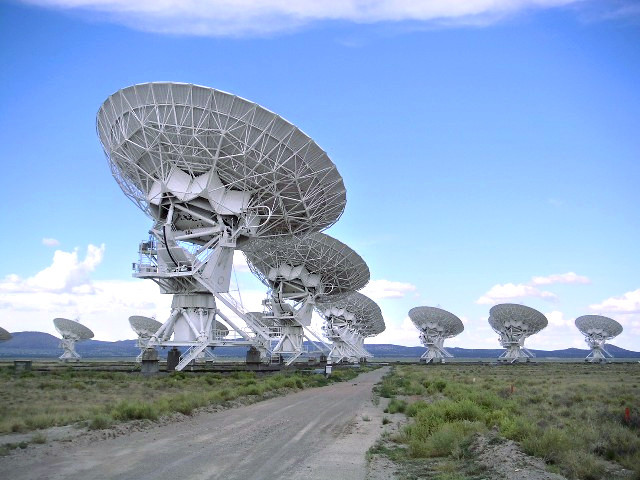Summary | Excerpt | Reviews | Beyond the book | Read-Alikes | Genres & Themes | Author Bio

At once an ode to birds, an elegy to space, and a journey into the most haunted and uncanny corners of the human mind, The Avian Hourglass showcases Lindsey Drager's signature brilliance in a stunning, surrealist novel for fans of Jesse Ball, Helen Oyeyemi, Yoko Ogawa, and Shirley Jackson.
The birds have disappeared. The stars are no longer visible. The Crisis is growing worse. In a town as isolated as a snowglobe, a woman who dreams of becoming a radio astronomer struggles to raise the triplets she gave birth to as a gestational surrogate, whose parents were killed in a car accident. Surrounded by characters who wear wings, memorize etymologies, and build gigantic bird nests, and bound to this town in which young adults must decide between two binary worldviews—either YES or NO—the woman is haunted by the old fable of the Girl in Glass Vessel, a cautionary tale about prying back the façade of one's world.
When events begin to unfold that suggest a local legend about the town being the whole of the universe might be true, the woman finds her understanding of her own life–and her reality–slipping through her fingers. A reflection on mental health, the climate emergency, political polarization, and the growing reliance on technology, The Avian Hourglass asks readers to reframe how they conceive of a series of concentric understandings of home: the globe, one's country, one's town, one's family, and one's own body.
The setting is an unknown city, seemingly in the present day but in an altered world. There are no more birds and no more stars. The unnamed narrator is studying for a test that will determine whether or not she can be a radio astronomer. I loved the eeriness of this world, which is the same as ours aside from several huge erasures. These losses parallel the sense of longing the narrator feels thinking about her father and the abrupt departure, years prior, of The Only Person She Ever Loved. One of my few complaints about the book is that the setting is already enigmatic and foreboding — adding unnamed people and murky events distracts from the more interesting mysteries. The Avian Hourglass is a splendid novel in which many of us will find ourselves, our obsessions, our lonelinesses, and even our sense of wonder...continued
Full Review
 (634 words)
(634 words)
(Reviewed by Erin Lyndal Martin).
 The narrator of The Avian Hourglass wants to be a radio astronomer, a revelation that caused me to realize that I don't actually know anything about that kind of astronomy. (For a moment I thought it was astronomy done over the radio so you wouldn't get to actually see anything cool.) I've since learned that radio astronomy is the use of radio waves to gather data, as opposed to "visible light" astronomy. By studying the radio waves emitted by celestial objects, astronomers can collect data even from dark or weakly-lit objects. The radio waves can be converted into images.
The narrator of The Avian Hourglass wants to be a radio astronomer, a revelation that caused me to realize that I don't actually know anything about that kind of astronomy. (For a moment I thought it was astronomy done over the radio so you wouldn't get to actually see anything cool.) I've since learned that radio astronomy is the use of radio waves to gather data, as opposed to "visible light" astronomy. By studying the radio waves emitted by celestial objects, astronomers can collect data even from dark or weakly-lit objects. The radio waves can be converted into images.
For the novel's narrator, radio waves tie everything together and always have:
"It was radio astronomy that introduced us to the idea of the Big Bang. Radio ...

If you liked The Avian Hourglass, try these:

by Joy Williams
Published 2022
In her first novel since The Quick and the Dead (a finalist for the Pulitzer Prize), the legendary writer takes us into an uncertain landscape after an environmental apocalypse, a world in which only the man-made has value, but some still wish to salvage the authentic.

by Kazuo Ishiguro
Published 2022
Klara and the Sun is a magnificent novel from the Nobel laureate Kazuo Ishiguro--author of Never Let Me Go and the Booker Prize-winning The Remains of the Day.